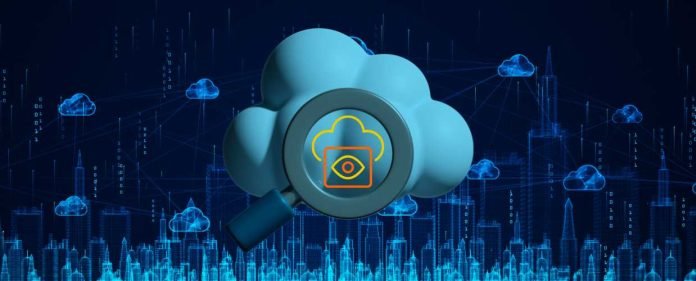The cloud has emerged as the linchpin of modern technology infrastructure in the ever-expanding digital universe, where data and applications transcend traditional boundaries. This burgeoning field is not just about overseeing data; it’s about securing the foundation for our digital future.
Cloud Monitoring: Vigilance Beyond the Horizon
Cloud monitoring is the watchful eye that ensures the stability, performance, and security of cloud-based systems and applications. This real-time surveillance involves tracking metrics, analyzing performance patterns, and identifying anomalies that could disrupt operations or compromise data integrity.
The seamless accessibility and scalability of cloud computing offers have revolutionized how businesses operate. Yet, as organizations entrust their critical processes to the cloud, the need for effective cloud monitoring has become paramount. Cloud monitoring empowers organizations to respond proactively to issues, enhancing user experiences and safeguarding against potential disasters.
A Web of Benefits: The Multi-Dimensional Impact
The benefits of cloud monitoring ripple across diverse sectors; businesses can optimize their cloud resources, ensuring they pay only for what they use. Rapid detection and resolution of performance bottlenecks enhance user satisfaction and operational efficiency. Security vulnerabilities are addressed promptly, minimizing the risk of breaches that can tarnish a company’s reputation.
Cloud monitoring is instrumental in maintaining compliance with regulatory standards in healthcare and finance, where data privacy is sacrosanct. Moreover, cloud monitoring is the cornerstone of disaster recovery strategies, enabling organizations to respond to contingencies and minimize downtime swiftly.
Navigating Complexity and Way Forward
While cloud monitoring offers substantial benefits, it’s not without challenges. The diverse range of cloud services and architectures complicates the task of monitoring. As organizations migrate to multi-cloud environments, data spread across different platforms makes it harder to gain a holistic view. Moreover, the sheer volume of data generated can be overwhelming, leading to alert fatigue and potentially overlooking critical issues. Striking a balance between monitoring depth and actionable insights requires a delicate approach.
As cloud environments become more intricate, integrating artificial intelligence (AI) is poised to transform cloud monitoring. AI-powered analytics can decipher vast datasets, detect anomalies, and predict potential issues with unparalleled accuracy. By recognizing patterns and trends, AI-driven monitoring can preemptively identify performance degradation or security breaches, offering organizations a proactive edge. Nevertheless, as AI takes center stage, it is essential to maintain human oversight and expertise to interpret AI-generated insights accurately.
Conclusion: Ensuring Cloud Resilience
In an era where the cloud underpins our digital world, cloud monitoring is the sentinel that ensures our digital fortresses stand strong. The role of monitoring is not just to spot problems but to fortify the foundation upon which businesses and society thrive. With its power to optimize, secure, and enhance cloud environments, effective cloud monitoring bridges innovation and operational excellence in our technology-driven future.



